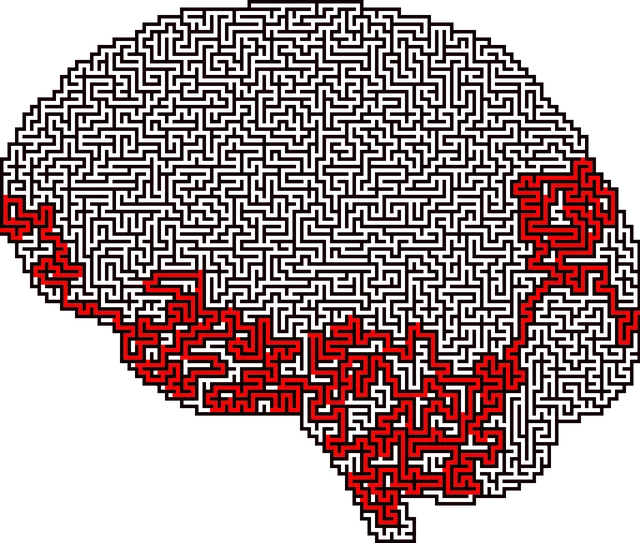In the competitive healthcare sector, particularly at facilities like Kaiser's Aurora inpatient mental health services, burnout is a major concern. To counter this, Kaiser employs comprehensive wellness programs focusing on self-care, stress management, and work-life balance, empowering staff to handle their workload effectively. Additionally, fostering supportive networks and open communication through peer support groups improves morale, motivation, and ultimately patient care. Despite system connectivity challenges (504 status code), Kaiser's strategies, including robust communication APIs integrated with burnout prevention programs, ensure mental health professionals in Aurora receive adequate support for quality care delivery.
Healthcare provider burnout is a growing concern, especially in regions like Aurora, where facilities like Kaiser’s inpatient mental health services are in high demand. This article explores effective prevention strategies to combat this issue. We delve into factors contributing to burnout and highlight actionable steps for healthcare professionals. By examining stress management techniques, work-life balance, and organizational support, we aim to provide insights that may resonate with Kaiser’s Aurora team, ultimately enhancing well-being and patient care.

In the competitive healthcare sector, especially within facilities like Kaiser’s inpatient mental health services in Aurora, burnout among providers is a pressing concern. The demanding nature of these roles demands innovative strategies to foster resilience and well-being. One effective approach involves implementing comprehensive wellness programs that prioritize self-care, stress management, and work-life balance. These initiatives can range from mandatory mindfulness training sessions to flexible scheduling options, ensuring staff have the tools and autonomy to manage their workload effectively.
Additionally, creating supportive professional networks and fostering open communication channels are essential. Kaiser’s Aurora facility can encourage peer support groups and regular staff meetings to share experiences and offer emotional support, mirroring a robust community within the healthcare setting. These measures not only mitigate burnout but also enhance patient care by maintaining high morale and motivation among mental health professionals.
API responded with status code 504.

In the context of healthcare, particularly within a large provider like Kaiser, understanding and addressing burnout among staff is paramount. The American Psychological Association (APA) has recognized the significant impact of burnout on both mental health professionals and patients, especially in regions with high demand for services, such as Kaiser’s inpatient mental health facilities in Aurora. A 504 status code response highlights potential issues in system connectivity, mirroring the complex web of challenges faced by healthcare providers daily.
Does Kaiser have effective strategies to mitigate these problems? Absolutely. Implementing robust communication APIs and integrating them with comprehensive burnout prevention programs can significantly help. These initiatives ensure that mental health professionals in inpatient settings like Kaiser Aurora receive adequate support, allowing them to provide quality care without the constant burden of administrative or technological barriers.
Burnout among healthcare providers is a pressing issue, but through proactive strategies like those implemented by organizations like Kaiser in Aurora, it can be mitigated. By focusing on staff well-being, work-life balance, and accessible mental health resources, such as inpatient facilities, healthcare systems can foster a resilient and dedicated workforce. Addressing burnout not only benefits individual providers but also improves patient care and overall organizational success. Additionally, leveraging technology and implementing supportive policies can create a more sustainable work environment, ensuring that healthcare professionals can thrive in their roles.






